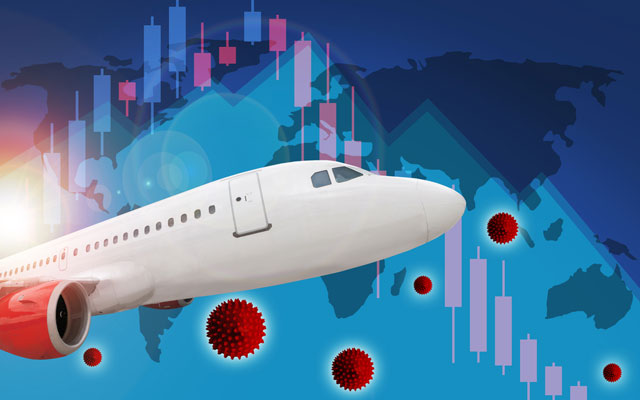Global route development consultancy ASM has made 10 predictions for 2021, including forecasts that consumer economic pressure will restrain air fare rises and low-cost carriers (LCC) will make major market share gains.
ASM, which organises the Route events and also provides data analytics and training services, is optimistic 2021 will mark the start of “the recovery in earnest”.

Managing director David Stroud who produced ASM’s reports in its Route to Recovery Route Development for 2021 series, said: “Of the 10 predictions*, I think the point about testing regimes replacing quarantine will have the most impact in Asia.
He continued: “As we move through 2021, my belief is that testing regimes will improve further and as vaccination programmes continue to roll out, the border restriction will progressively ease and markets will open more, driving routes and traffic.”
ASM’s tracking of border restrictions shows only six per cent of corridors that are open do not require a quarantine or self-isolation period out of a total of 49,266 intra-state borders.
Stroud noted projections for next year show global passenger traffic reaching 71 per cent of that for 2019, because fast forward to this time next year, testing capabilities should have advanced to deliver on accuracy, speed and unit cost.
“When this is achieved, testing will be a natural part of the passenger journey and will reduce the impact of time and capacity demands on infrastructure,” he added.
On the changing traveller mindset, Stroud commented: “In 2021, passenger trust and confidence will move away from the issues surrounding health and wellbeing, to the airline schedule itself, with travellers asking – ‘Will my booked flight stay in place? Will airlines need to change operations last minute, altering flight times, even cancelling? What happens to my booking if this happens, and, most important, how safe is my money?’”
Passenger demand will be driven by the two forces of personal and corporate economics, he noted, and whether consumers have enough disposal income to commit to fly for VFR or vacation purposes, and if businesses either have the budgets, or given the prevalence of Teams and Zoom, have the inclination to spend on business travel.
Stroud said: “We predict that fundamentally those airlines that can keep fares low and competitive will secure more and more share of the market going forward, and the immediate future looks stronger for the LCCs.
“While the LCC market in Asia may not have the same market shares as in Europe and the US, all countries and markets have been growing their LCC presence, and aside from specific LCCs, many of the legacy carriers have been developing LCC brands,” Stroud said. He also noted that LCCs have been the most agile in trying to reopen markets in 2020 and were best equipped to focus on operating cost reduction and less fixed with regard to operating bases, and less wedded to connectivity.
Also, aircraft fleet developments – the Boeing 737 Max, the Airbus 321 and their engine variants and long-range models – are more suited to LCC operations, with reduced unit costs and flexibility around sector lengths, he pointed out.
If consumer and business spending power is reduced, they will gravitate to lower fares, Stroud said, adding: “All of these factors for me are why LCCs will make more gains in markets than legacy carriers, even though big trunk routes and connecting hubs should be strong in the aftermath of the pandemic.
“This trend plus the reasons above will accelerate in Asia, and aircraft like the A321LR is also suited to the longer range required in many Asia markets.”
*The following are ASM’s 10 predictions for 2021:
• A number of vaccination programmes will start to be rolled out, raising consumer confidence
• Test regimes will replace quarantine protocols, as such, borders will start to open
• There will be further consolidation of airlines and more airlines globally will be under state ownership
• There will be consolidation of airports, some closures and mothballing
• Tourism will be the driving force of air travel. Summer 2021 will be the season when a new baseline of schedules and operations is set
• Traffic demand will surge through the Summer vacation period, nearing 2019 levels
• Physical events, conferences and exhibitions, will re-establish themselves and become the initial catalyst for the re-emergence of business travel
• Consumer economic pressure will restrain air fare rises
• Low-cost carriers will make major gains of market share
• The airline-airport-destination relationship will bond more closely together, driven by the collective need to collaborate to secure traffic recovery




















